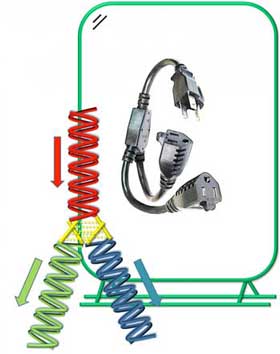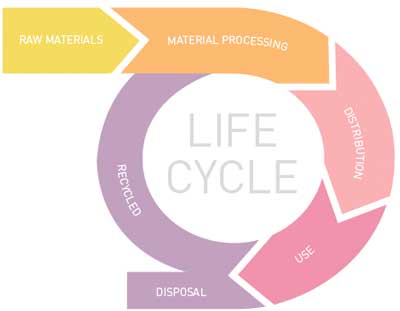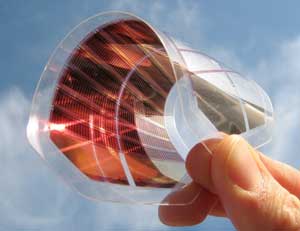
Monday, February 26, 2018
First nanoscale look at how lithium ions navigate a molecular maze to reach battery electrode
Lithium ions have to travel through layers of molecules in the electrolyte liquid before they can enter or leave a lithium-ion battery electrode. Tweaking this process could help batteries charge faster.
Carbon nanotube yarn taps nerves for electroceutical treatments and diagnostics
Yarn weaved from carbon nanotubes monitors brain control of organ functions in rats, paves way for disease diagnosis and treatment at single nerve level.

Researchers find metal in 'metal-free' graphene catalysts
Study of graphene catalysts finds trace of manganese, suggests better ultrathin fuel-cell components.

Bioinspired design for new electrode could boost supercapacitors' performance
Mechanical engineers have designed a super-efficient and long-lasting electrode for supercapacitors. The device's design was inspired by the structure and function of leaves on tree branches, and it is more than 10 times more efficient than other designs.

Majorana runners go long range: New topological phases of matter unveiled
Merging of Majorana particles in a topological superconductor opens new avenues for quantum technologies.

New technique allows printing of flexible, stretchable silver nanowire circuits
Researchers have developed a new technique that allows them to print circuits on flexible, stretchable substrates using silver nanowires. The advance makes it possible to integrate the material into a wide array of electronic devices.

A new way to grow nanowires
The new mask-free fabrication approach uses a liquid ink precursor to produce nanoscale materials, allowing researchers to predict and optimize the geometric shape of the resulting structure.

Glowing designer sponges: New nanoparticles engineered to image and treat cancer
Scientists have designed and synthesized nanoparticles that glow red and are stable, useful properties for tracking cancer growth and spread.

Going with the DNA flow: Molecule of life finds new uses in microelectronics
Researchers have recently designed, created and tested a DNA circuit capable of splitting and combining current, much like an adapter that can connect multiple appliances to a wall outlet.

Nanomaterials: what are the environmental and health risks?
Over 100 scientists from 25 research institutions and industries in 12 different European Countries have completed one of the first attempts to understand the risks nanomaterials carry throughout their life-cycle, starting from their fabrication and ending in being discarded or recycled.

Largest molecular spin found close to a quantum phase transition
International research project on the border between physics and chemistry.

A new approach towards highly efficient and air-stable perovskite solar cells
New research reveals how to make highly-efficient solar cells, more stable than previous devices made with related materials.

Subscribe to:
Posts (Atom)

